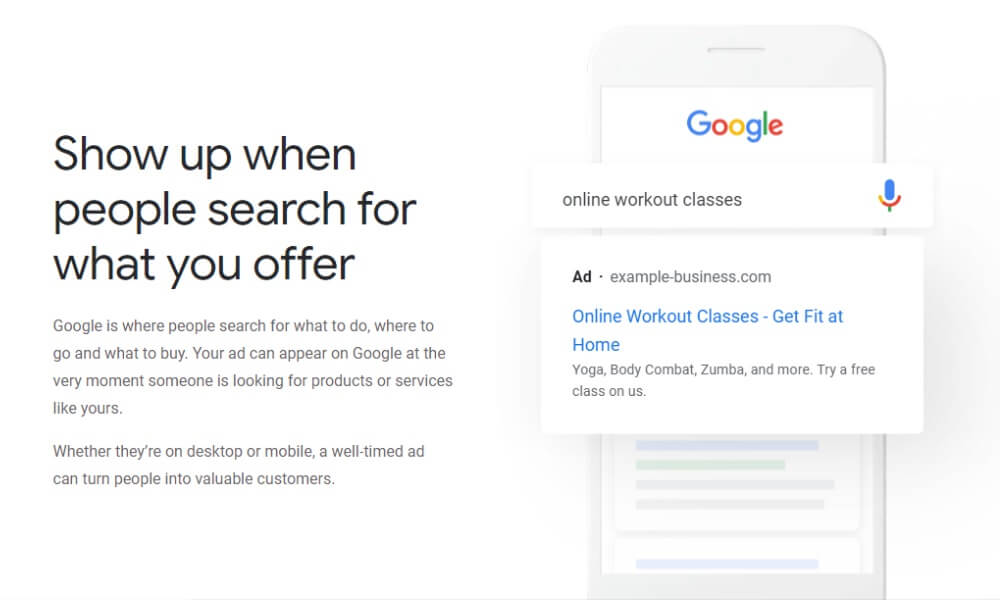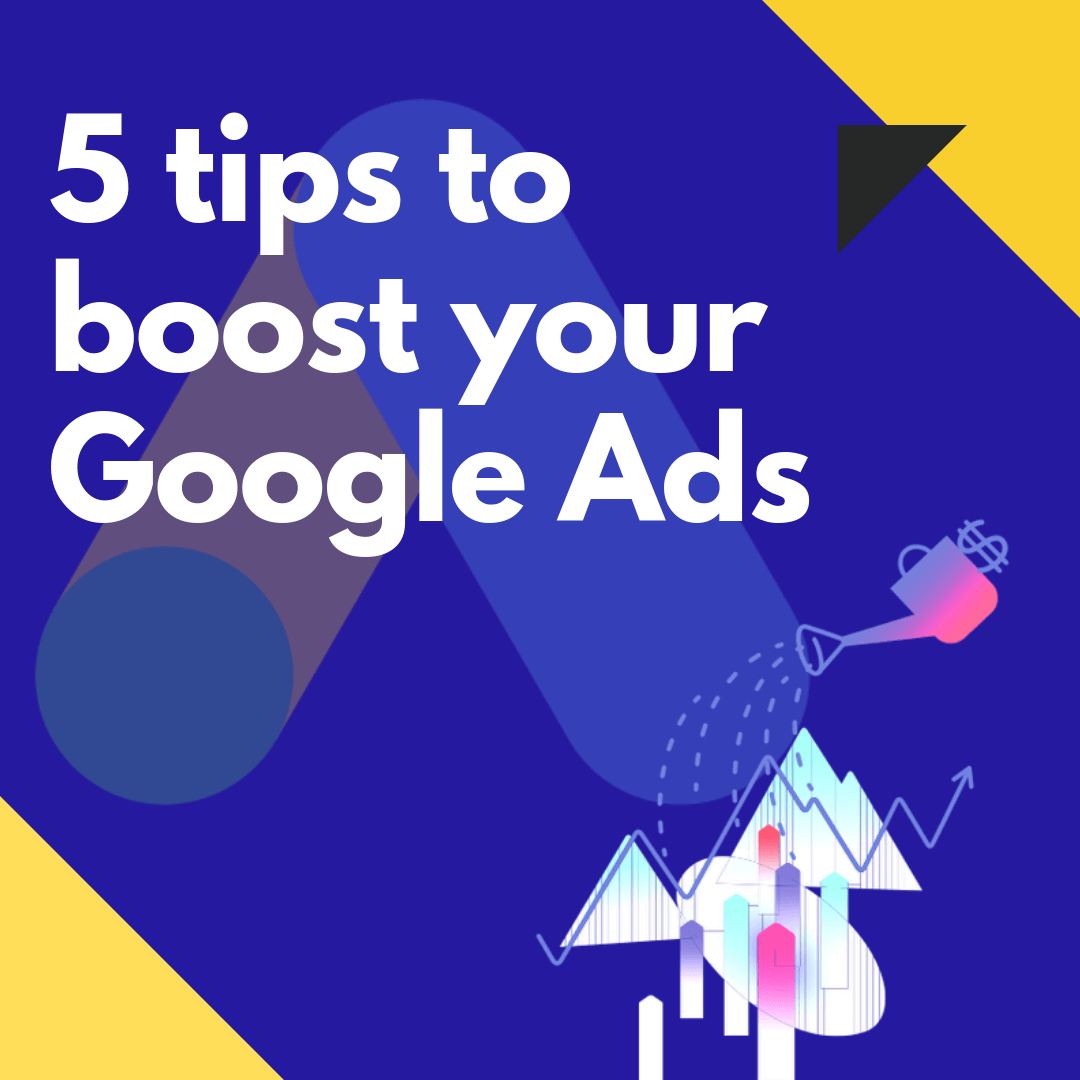
How to optimize Google Ads for better conversions
Google Ads are still one of the best platforms that you can use to grow your business. It’s the place where users intending to find your products, discover them at the right time by search-based advertising. Nonetheless, because of the complexity of the platform, a lot of people find it difficult to optimize Google Ads to make their campaign profitable.
In this blog, we will share the four keys to running successful Google ads for conversions. What are these “conversions”? It depends on your business- but for most cases, it’s going to be leads or sales.
Also read How To Set Up Your First Google Ad
For e-commerce, for example, it’s typically online sales. And for many B2B businesses, it typically leads.
4 keys to optimize Google Ads for better conversions:
1. Keyword Selection
Spend a lot of time on keyword selection and negative keywords:
It’s important that you spend a lot of time thinking of the different ways people might search for your product.

For example, if you’re selling comfortable chairs, people who are relevant for you may include people searching for a “comfortable chair” or “desk chair”. But also, higher in the funnel would be searches like “my back hurts when I sit for very long”.
The second kind of search is usually not intended to buy a chair, but it’s still relevant for a chair business and could be directed to an article on the website about how your chairs can help reduce or remove backaches.
It’s also important that you focus on long-tail keywords. For example, someone searching “chair” might be relevant if you’re an e-commerce site selling chairs, but a long-tail keyword like “buy office chairs online” is far more relevant. It’s also typically cheaper (per click) than the shorter, more generic keywords.
Also, for each positive keyword, try to have at least two negative keywords. These include obvious negative keywords like “Free”, “vacancy”, “Job”, “download” etc but also more specific ones that could be similar to what your business sells, but not exactly so.
For example, if you sell desk chairs but not gaming chairs, you could add “gaming” or “gamer” and such keywords in the negative list. Such negative keywords will be a huge step in your effort to optimize Google Ads.
2. Create in-depth remarketing audience

The CTR for remarketing or retargeting campaigns can be as high as 10 times of regular campaigns. Adding detailed targeting to remarketing efforts makes it all better in terms of spend and conversions.
We recommend you set up campaigns for people who have already been to your site more than one time. This is a “warm” audience that already knows about your brand and is much more likely to buy from you.
3. Add Exclusions

Add exclusions in terms of people’s incomes, geographies, etc. Google ads allows a lot of selection in the type of people whom you want to target for your ads. This includes income levels and of course areas. Make sure you exclude people who’re less likely to be interested in your products or services, or less likely to afford it.
4. Test Different types of Copy to optimize Google Ads

Last but not the least, don’t forget to test different copy. It’s important to write multiple versions of your ads- and make use of relatively new aspects of Google Ads like responsive search ads, to give the perfect headline and description that generates the highest CTR (clickthrough rate). Don’t just set up a single ad or two, try to test multiple versions and find out which headline and description get the best CTR, and then scale that one.





Leave a Reply
You must be logged in to post a comment.